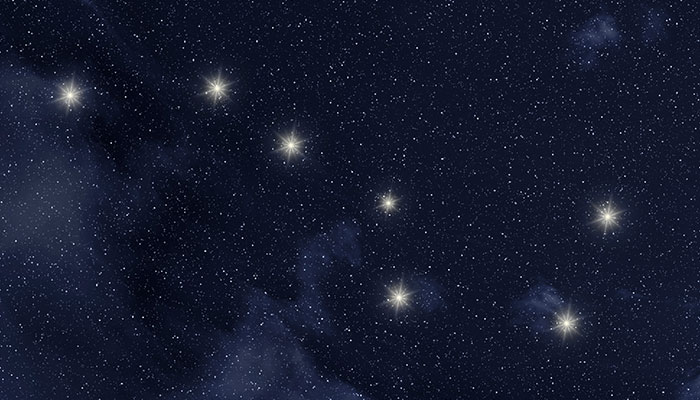While we believe that the books and resources recommended may be of value to you, keep in mind that these are suggestions only and you must do your own due diligence to determine whether the materials are appropriate and suitable for your use. PNC has no sponsorship or endorsement agreement with the authors or publishers of the materials listed.
OUR SKY

Ceiling Constellations
Children will investigate stars and constellations.

Lesson Objective
The children will investigate stars and constellations, and make their own constellations using flashlights.
Science
What You'll Need
- Large, heavy foam paper cups – 1 per child, plus a few extra
- Round toothpicks – 1 per child
- Flashlights – 2 or 3 depending on the size of the class
What To Do
- Discuss information about stars and constellations (see Did You Know?).
- Tell children they are going to make their own constellations and be able to see them on the classroom ceiling.
- Pass out paper cups and toothpicks.
- Turn a cup open side down, and demonstrate how to punch small holes in the bottom of the cup with the toothpick. Assist the children with poking their toothpicks through the cup as needed.
- Tell the children to put no more than 10 holes in the bottom of their cup.
- When everyone is finished, darken the room by turning off the lights and closing the blinds to cover the windows.
- Demonstrate how to shine a flashlight into the cup and point the flashlight at the ceiling.
- Have the children take turns shining their constellations on the ceiling, and discuss (see Guiding Student Inquiry).
Resources
Home School Resources
Home educators: use these printable lesson PDFs to teach this lesson to your home schoolers. They're available in English and Spanish.
Content Provided By
Common Core State Standards Initiative – These lessons are aligned with the Common Core State Standards ("CCSS"). The CCSS provide a consistent, clear understanding of the concepts and skills children are expected to learn and guide teachers to provide their students with opportunities to gain these important skills and foundational knowledge [1]. Visit the CCSS


